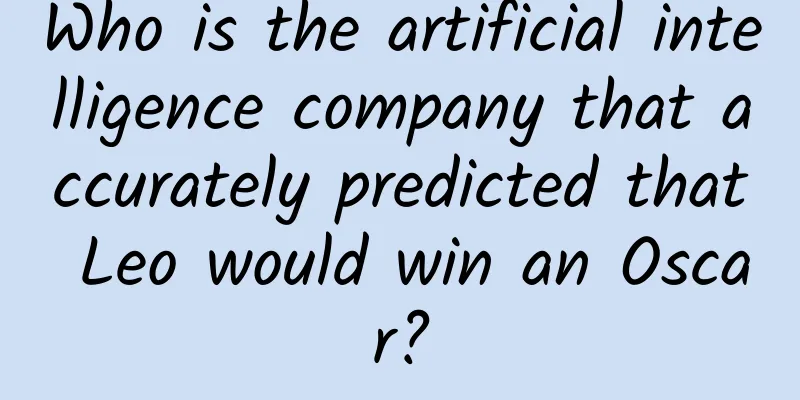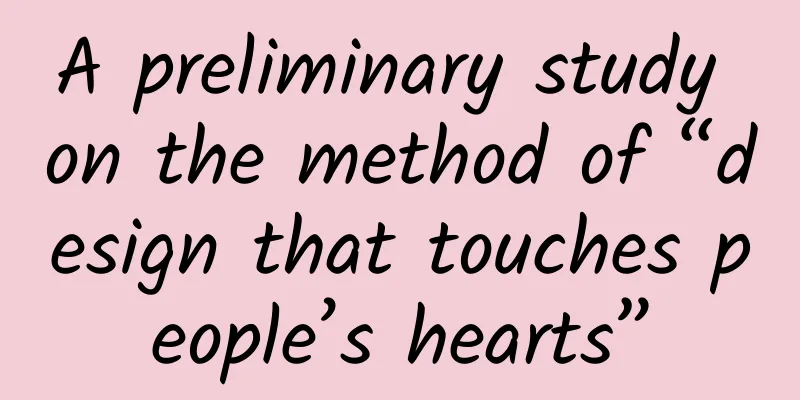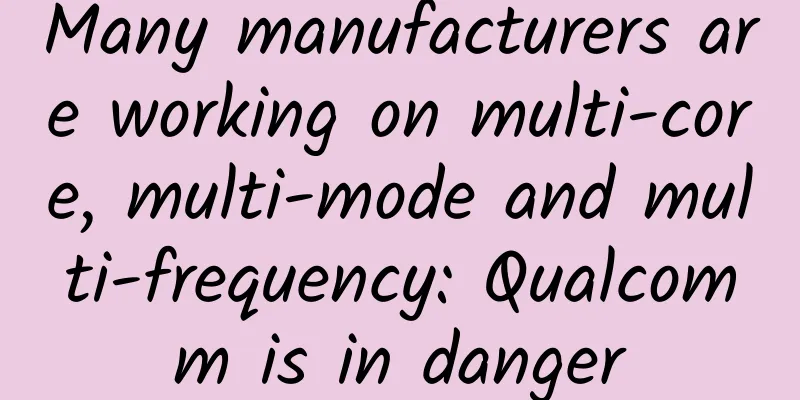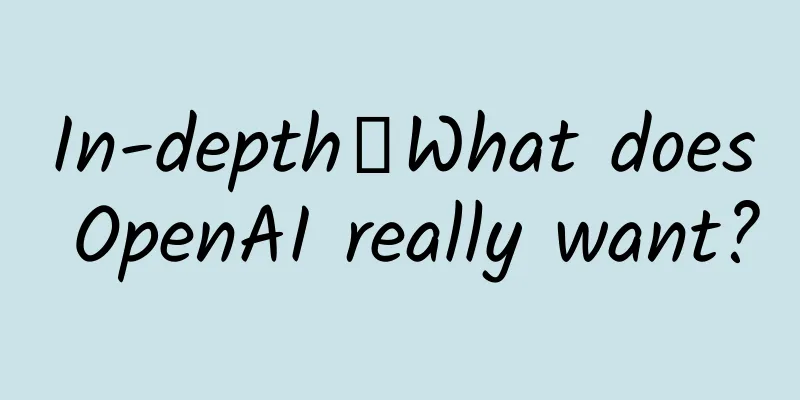Choose C for all the questions you don't know in the exam. Metaphysics or truth? Forget it...
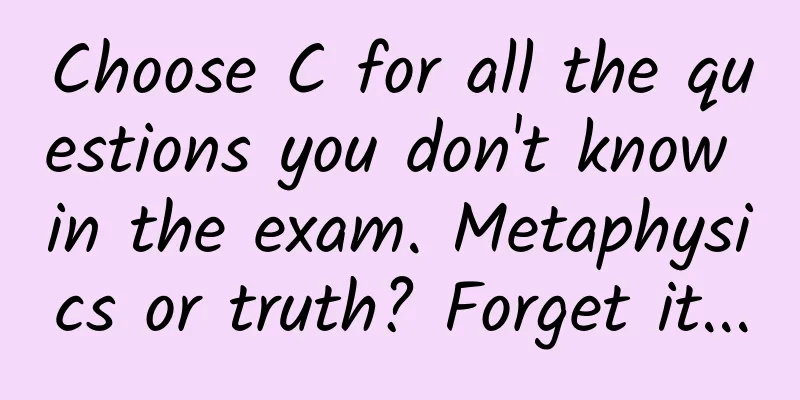
|
I wonder if you have ever heard of this kind of metaphysics: when you don't know what to choose for a multiple-choice question, just choose C. This metaphysics has a long history, and it is unknown who first said it. But some people say that this is because teachers don't want you to see the correct answer at a glance, so they don't put the answer in the first two items, and putting it in the last item is too obvious, so C is often set as the correct option. But is it really like this? 1 Metaphysics or truth? First of all, we must admit that this statement is not completely metaphysical. It comes from the speculation of the psychology of the question setter. In theory, the person who sets the multiple-choice question will randomly distribute the correct options among the four answers, but for humans, concepts such as "average" and "random" are not quite the same as in reality. Interested students can try the following two related experiments: Experiment 1: Find enough people to randomly write a number between 1 and 10. What do you think the distribution of 1 to 10 will be among these numbers written down? Image source: Pixabay Experiment 2: Imagine tossing a coin 200 times. How many heads and tails are there in total? Write down the results, with 1 for heads and 0 for tails. How will the written results differ from the results obtained by actually tossing the coin 200 times? In reality, the numbers chosen by people in the first experiment were not evenly distributed. About a quarter of people chose 7, which was significantly more than other options. Very few people chose 1 and 10. This means that for humans, a "random" number is actually a number that falls in the middle of the range. Applying this conclusion to the question setter, if you randomly choose one of the four options as the correct option, it is more likely to be arranged on C, which ranks third. The second experiment was just the opposite. When most people imagine flipping a coin, they will deliberately avoid long consecutive heads or tails. For example, 6 consecutive heads or tails will be considered "non-random". But if you really flip the coin 200 times, the same situation of 6 consecutive times is likely to occur at least once. In other words, the "randomness" in the eyes of most people is more uniform than the "randomness" in reality. Applying this conclusion to the test maker, a test paper with 12 multiple-choice questions, the number of correct answers for each option is likely to be between 2 and 4. If it is completely random, there is a 60% probability that one of the correct answers will appear at least 5 times. 2 You're thinking too much Did you see it? Although both are psychology, the results of these two experiments have contradicted expectations. Moreover, these unconscious biases are only useful to people who are unaware of them. The teachers who set the questions for you are familiar with these metaphysical theories - after all, the saying of choosing C has been around for a long time, and even the lyrics say so, right? As long as they pay a little attention when setting the questions, or flip a coin to determine the position of the correct option after setting the questions, and then slightly adjust the order of the options, they can avoid or even completely counter this metaphysical theory. Some teachers may even deliberately be mean and set all the correct options to A (although I have never been tricked, I have heard that some students have encountered such teachers). If you have done the first experiment above, you can try it again: this time, tell the whole class that most people will subconsciously choose 7 when asked this question, and you want to verify whether everyone will have the same phenomenon, and then see if everyone will avoid 7 this time. Image source: Pixabay Of course, the above are just theories. Let's take a look at a specific exam. Past college entrance examination papers are probably the most suitable to illustrate the problem - they are all publicly available online, and there are many people who spend time analyzing college entrance examination papers. According to the summary, the options for multiple-choice questions in college entrance examination papers are actually evenly set. For example, in the 12 multiple-choice questions in the national math exam every year in the past ten years, the number of correct answers for each option is between 2 and 4. Although we cannot say that future exam papers will definitely follow this rule, we can see that the options are deliberately kept average when setting questions. Perhaps for the question setters, they would rather avoid students who do not understand the question at all getting a higher score than the average by choosing C. In addition to the "folk remedy" of choosing C, there is also a method of judging right and wrong by the length of the options, that is, "choose the shortest of three long and one short, and choose the longest of three short and one long." According to statistics of past exam papers, this way of answering questions is also unreliable. Let's get back to the topic. Suppose your teacher is the same as the college entrance examination, and the correct answer options are evenly distributed, and you happen to have amnesia. Faced with a test paper with only 20 multiple-choice questions, how should you choose? If you choose C for all of them, you can probably guarantee to get around 25 points, but you can't get a higher score or a lower score. If you use the pencil-spinning method to choose, although the average score will still be 25 points, depending on luck, the score may be higher or lower. If your goal is to get a passing score of 60 points, you can only try your luck. Specifically, if you want to answer 12 of the 20 questions by guessing, there is about a one in a thousand chance of achieving it. Well, I have to say it again. Taking shortcuts is not advisable. Studying hard is the truth. Source: Chongqing Science and Technology Museum Author:antares Review experts: Huang He, Li Chunli, Chen Tao, Xu Xiaoping Statement: Except for original content and special notes, some pictures are from the Internet. They are not for commercial purposes and are only used as popular science materials. The copyright belongs to the original authors. If there is any infringement, please contact us to delete them. |
<<: 4,200 years ago, Chinese ancestors were already driving cars?
>>: It is hard to imagine what kind of mental state these mechanical animals were made in...
Recommend
A pair of energy "catchers" make the invisible visible!
"Welcome to the Micro Energy Capture Laborat...
Are there any Google agents in Shantou who would like to find them to help with promotion?
Guangdong Jimifeng is Google's agent in Guang...
Tutorial on how to earn over 10,000 yuan a month by selling goods on Xianyu, four steps to solve the problem of selling goods
A tutorial on how to earn 10,000+ yuan a month by...
How should the boss spend 10 million? Mainstream promotion channel combination strategy
From this article, you can learn about the mainst...
How to conduct brand marketing in the 2018 World Cup? Is your marketing plan ready?
In 20 days, the World Cup, which attracts the att...
How to review activity operations!
1. What is a review? Review, this word comes from...
How to avoid Android startup stack trap
I. Problem and Background The mutual linkage and ...
There are only a few days left! Have you eaten this year's spring vegetables?
Author: Fluent After the Waking of Insects, peach...
Tesla is accused of abandoning its electric car business
Founded in 2003, Tesla has become a leader in the ...
A competition between two masters: A strategic comparison between Tencent Music and Taihe Music
In 2017, the domestic music copyright landscape u...
Where to declare corporate income tax? Materials required for corporate income tax declaration
Corporate income tax is an income tax levied on t...
【Creative Cultivation Program】In fact, it is your stomach that controls your brain!
Author: Chen Wen Reviewer: Associate Professor Ta...
Two major directions of SEM search term promotion and optimization, revealing the mystery behind it!
Search terms are different from keywords. Keyword...
He used himself as a test subject and invented spinal anesthesia
Using his own body to conduct anesthesia experime...
5 ways to attract traffic for Douyin operations
Now many businesses know that they need to use Do...
